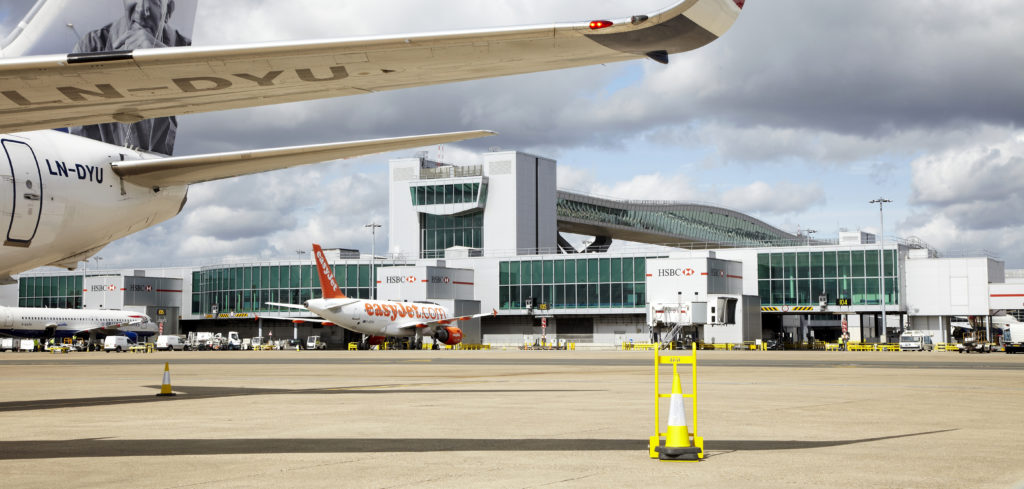London Gatwick Airport has announced that passenger numbers fell by 66% in the first six months of 2020, due to the impact of Covid-19. The airport remained open throughout the pandemic; however, it says that all revenue streams were impacted and the collapse in passenger demand led to a 61.3% fall in revenue and a £321m (US$428m) loss.
The airport operator says that swift action was taken to protect the financial strength of the business in March. This involved a reduction in planned capital expenditure by £157m (US$210m) for 2020 and £196m (US$262m) for 2021. Operational costs have been also reduced by over £100m (US$134m) through a variety of actions including consolidating air traffic to one terminal, enabling infrastructure shutdowns, severance programs and termination of fixed-term contracts, and improving efficiencies of its services in line with reduced airline and passenger demand.
To improve its liquidity, in April 2020 Gatwick secured a £300m (US$400m) loan with a consortium of banks. As of June 30, 2020, Gatwick says it held a cash balance of around £326m (US$435m). In light of the forecast impact on its financial covenants, the airport has recently commenced a three-week consent solicitation process following successful discussions with its lending banks, and with bondholders, forming a special committee of the Investment Association, in aggregate representing 46.9% of total secured debt.
In line with further reducing operating costs, with over 70% of Gatwick’s employees remaining on furlough, the business has announced a company-wide restructuring proposal which could result in the region of a further 600 job losses. It hopes the restructuring will better align the business to passenger and air traffic forecasts while allowing it to remain agile should demand recover faster than expected. The recovery period to pre-pandemic traffic levels is forecast to be four to five years.
Gatwick’s CEO, Stewart Wingate, commented on the situation: “Like any other international airport, the negative impact of Covid-19 on our passenger numbers and air traffic at the start of the year was dramatic and, although there are small signs of recovery, it is a trend we expect to continue. However, we are focused on ensuring the business remains robust and is best placed to take advantage of future growth. We will emerge a fitter and stronger organization, best placed to remain flexible and agile in responding to growth opportunities. This includes continuing to do all we can to protect the safety and wellbeing of our staff and passengers.
“We also expect, next year, to progress our plans to bring the existing Northern (standby) Runway into routine use which, as we rebuild our passenger numbers over the next four to five years, will enable us to offer even more travel choice. We will ensure we continue to deliver our operation mindful of our environmental, social and governance responsibilities. We want to rebuild better.”

